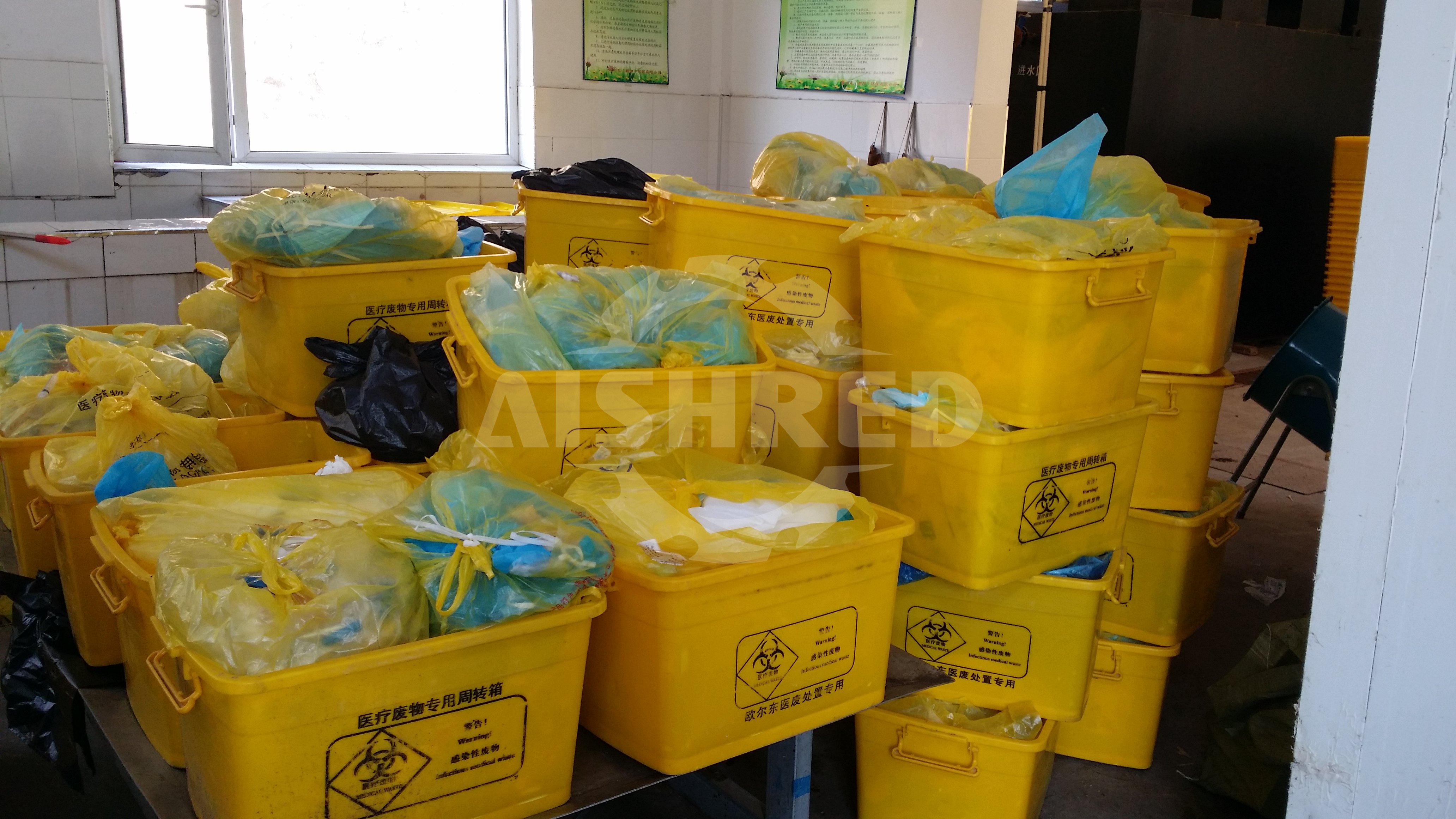Biomedical waste, including sharps, infectious materials, and chemical waste generated from healthcare facilities, poses significant environmental and public health risks if not managed properly. In recent years, advancements in technology have spurred the development of innovative treatment and disposal methods to address this pressing issue. This article explores some of the emerging technologies in biomedical waste management and their benefits.

Incineration
Incineration is a high-temperature oxidation process that involves combustion of the organic portion of BMW components, producing gaseous emissions and inorganic solid residues (ash).These emissions include steam, carbon dioxide, nitrogen oxides, particulate matter, and toxic substances (for example, metals, halogenic acids). In addition, under suboptimal combustion conditions, carbon monoxide and hazardous pollutants such as dioxins and furans may be emitted. Incineration significantly reduces waste volumes (typically 85 to 95 percent), and eliminates pathogens from BMWs. Incineration is not suitable for such health care wastes as pressurized gas containers, large amounts of reactive chemical wastes, wastes treated with halogenated chemicals, halogenated plastics such as polyvinyl chloride, wastes with mercury or cadmium (such as broken thermometers, used lead or mercury batteries), or radiographic wastes. Incinerators that meet the CPCB draft incineration regulations must have a sophisticated (for example, doublechamber) design and include a scrubber as the air pollution control equipment.Ash from these incinerators must be disposed of in a secure landfill. Such incinerators are associated with high investment and operating costs and require highly skilled operating personnel.
Autoclaving
Autoclaving uses saturated steam in direct contact with the BMW in a pressure vessel at time lengths and temperatures sufficient to kill the pathogens.The Biomedical Waste Rules specify the minimum temperature, pressure, and residence time for autoclaves for safe disinfection.Autoclaving is not suitable for human anatomical, animal, chemical, or pharmaceutical wastes. Before autoclaving, BMWs require shredding to an acceptable size, an operation that would involve frequent breakdown. Autoclaving produces a waste that can be landfilled with municipal waste. A wastewater stream is generated that needs to be disposed of with appropriate controls.Autoclave operation requires qualified technicians, and medium investment and operating costs.
Hydroclaving
Hydroclaving is similar to autoclaving except that the BMW is heated indirectly through the outer jacket of the vessel. The BMW is continuously tumbled in the chamber during the process.
Microwaving
Application of an electromagnetic field over the BMW provokes the liquid in the waste to oscillate and heat up, destroying the infectious components by conduction. This technology is effective if the ultraviolet radiation reaches the waste material. Before microwaving, BMWs require shredding to an acceptable size and humidification.
Microwaving is not suitable for human anatomical, animal, chemical, or pharmaceutical wastes, or for large metal parts. Microwaving produces a waste that can be landfilled with municipal waste.The advantages of this treatment technology are its small electrical energy needs and no steam requirement. The disadvantages include the need for qualified technicians and frequent breakdown of shredders. This technology requires medium investment and operating costs.
Biomedical Waste Shredder
Chemical disinfection
Addition of strong oxidants—like chlorine compounds, ammonium salts, aldehydes, or phenol compounds—kills or inactivates pathogens in the BMW.
Chemical disinfection is most suitable for treating liquid wastes such as blood, urine, stools, or health care facility sewage. However, microbiological cultures, mutilated sharps, or shredded solids can also be treated by chemical disinfection. Disinfection efficiency depends on such factors as the type and amount of chemical used, and the extent and duration of contact between the disinfectant and the BMW. To enhance the contact, shredding of solid BMW would be needed. As chemical disinfectants have hazardous (in particular, toxic) properties, users should wear protective clothes. Chemical disinfectants should not be discharged to surface waters, and no large quantities should be allowed into sewers.
Deep burial
The Biomedical Waste Rules require that human anatomical and animal wastes in cities with population less than 500,000 and in rural areas be disposed of by
deep burial. Accordingly, the deep burial site should be prepared by digging a pit or trench of about 2 meters deep in an area that is not prone to flooding or erosion, and where the soil is relatively impermeable, there are no inhabitants or shallow wells in the vicinity, and the risk to surface water contamination is remote. The pit should be half-filled with the BMW, then covered with lime within 50 cm of the surface, before filling the rest of the pit with soil. On each occasion when BMW is added to the pit, a layer of 10 cm of soil should be added to cover the waste.
Secure landfilling
Secure landfilling involves disposal of solid BMWs at a landfill designed and operated to receive hazardous wastes.The Biomedical Waste Rules require disposal of discarded medicines, cytotoxic drugs, solid chemical wastes, and incineration ash in secured landfills.
Municipal landfilling
Municipal landfilling involves disposal of communal HCWs and disinfected solid BMWs at a landfill designed and operated to receive municipal solid waste.
GEP can provide complete shredders for biomedical waste management. If you need a shredder machine , contact us!

